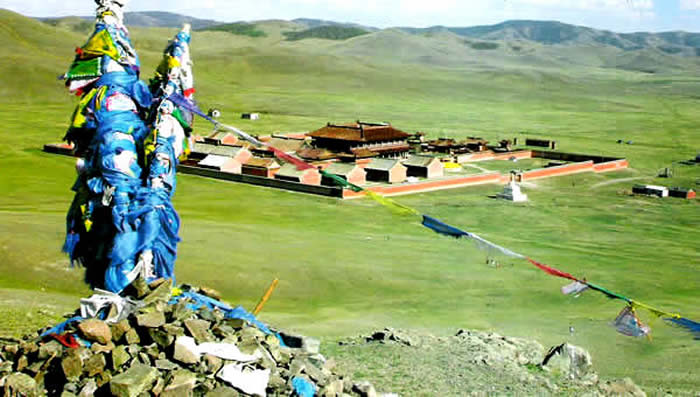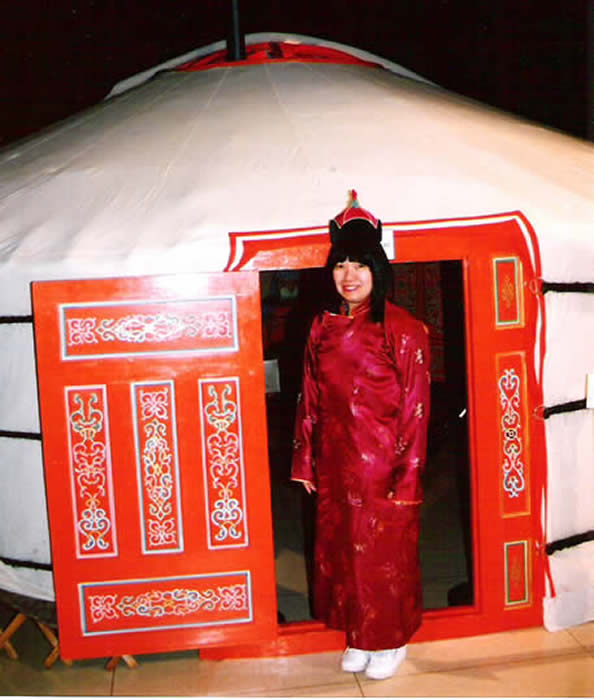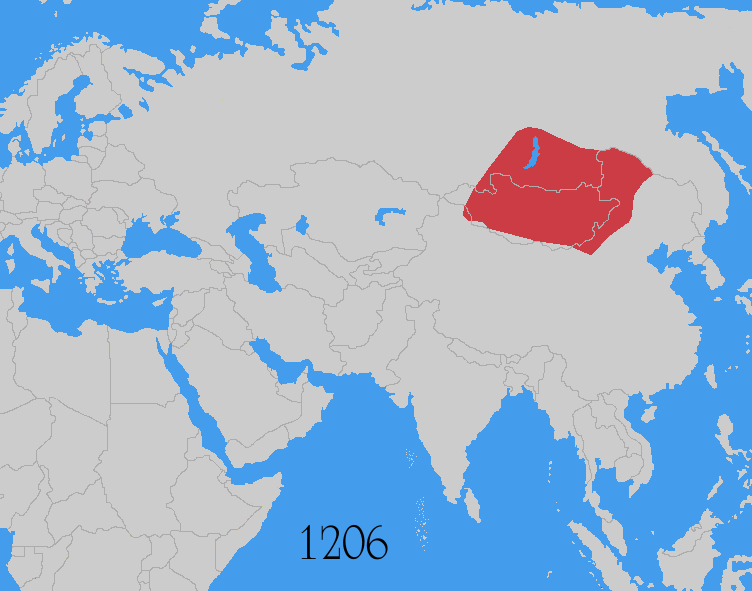 Mongol Empire
Mongol Empire

(Text by Duane R. Hurst © 2013)
Click on a link to view its information and pictures.
|
MONGOL LINKS: Significant Event: Battle of Ain Jalut in 1260 AD Main Cities: Avarga on the Kherlen River; Dadu (Beijing); Karakorum Time: 450-1500 AD Language: Mongolian Personage: Genghis Khan; Khublai Khan Religion: Shamanism Related Country: China; Mongolia; Russia Brief History: I have included only a few items concerning the history of this empire. A good source for more details can be found on Wikipedia or in history books. |
|
|
EARLY YEARS:
Mongols from the steppes were roving herdsmen who lived in yurts. Their forces began expanding territory circa 450 AD and accelerated rapidly during the 13th century after Genghis Khan unified them with Turkic tribes. He quickly conquered much of central Asia, battled Chinese forces, and pushed into the Caucasus region. (See a Map circa 1200 AD of the region prior to Mongol expansion.) His son and successor, Ögedei Khan, continued the conquests against the Jin Dynasty of China. His armies also pushed into eastern Europe and battled forces of the Holy Roman Empire. These conquests were among the most destructive in world history; tens of millions died from slaughter, forced migration, disease or starvation. DEFEAT AT AIN JALUT: Mongol expansion ended after Mamluk forces of Egypt triumphed at the Battle of Ain Jalut in 1260 AD. Genghis Khan's grandson, Möngke Khan directed his brother, Hulagu Khan to lead an army against Egypt and other western lands. Hulagu took five years to gather his force and began his invasion in 1256 AD. They conquered the Hashshashin in Persia and the Caliphate of Baghdad. Mamluk forces quashed a subsequent push into modern Israel at Ain Jalut. Mamluks used hand cannons in battle, reportedly the earliest known use against a hostile force. Subsequent Mongol empires included Timurid, Golden Horde, and Mughal. Between 1362 and 1363 AD a Lithuanian army decisively crushed a Golden Horde force in the Battle of Blue Waters. The last khanates were the Great Horde (1502 AD) and Crimean, which Russia annexed in 1783 AD. |
|
|
© Page Publisher: Duane R. Hurst
|


